Demystifying Home Loans: Understanding Interest Rates vs. APR
homes
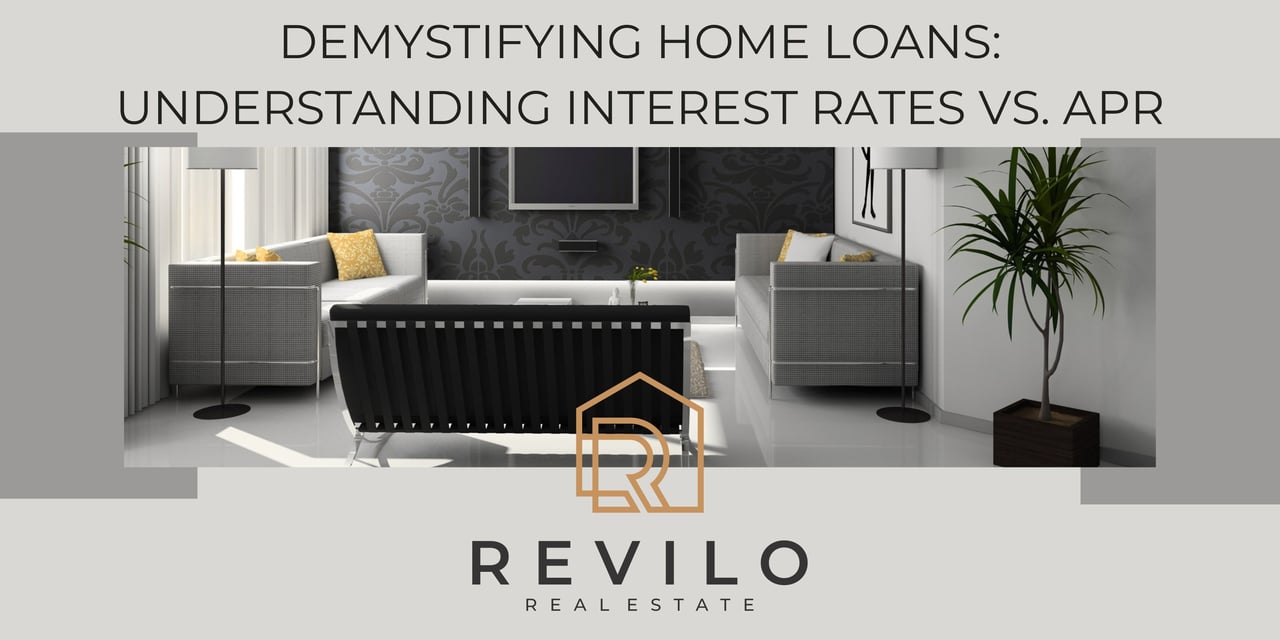
homes

Buying a home is one of the most significant financial decisions you'll make in your lifetime. It's a complex process that involves navigating through various terminologies and concepts, including interest rates and APR. These two terms are crucial to understand because they directly impact the cost of your mortgage. Let's delve into the differences between interest rates and APR, and why they matter when securing a home loan.
Interest Rates:
When you borrow money from a lender to purchase a home, they charge you interest as a fee for using their funds. Interest rates are expressed as a percentage of the total loan amount and determine the cost of borrowing over time. They fluctuate based on market conditions, economic factors, and individual financial profiles.
Fixed vs. Variable Rates:
APR (Annual Percentage Rate):
While interest rates reflect the cost of borrowing, the APR provides a more comprehensive view by incorporating additional loan expenses. It includes not only the interest rate but also lender fees, discount points, and other charges associated with obtaining the loan. The APR is expressed as a percentage and helps borrowers compare the total costs of different mortgage offers.
Key Differences:
Why It Matters:
Understanding the distinction between interest rates and APR is essential for making informed decisions when shopping for a home loan. While a lower interest rate may seem attractive, a higher APR could indicate hidden fees or closing costs that inflate the overall expense of the mortgage. Conversely, a slightly higher interest rate with a lower APR may offer better long-term value by minimizing upfront expenses.
Navigating the complexities of home loans requires a clear understanding of interest rates and APR. By grasping the nuances between the two, you can effectively evaluate mortgage offers and choose the option that aligns with your financial goals. Remember, while interest rates determine your monthly payments, the APR provides a comprehensive view of the total borrowing costs. With this knowledge in hand, you can embark on your homeownership journey with confidence, knowing that you're equipped to make informed decisions every step of the way.
For further insights and updates, connect with us here at Revilo Real Estate and follow me on Instagram, Facebook and LinkedIn.

homes
Local Houston Realtor
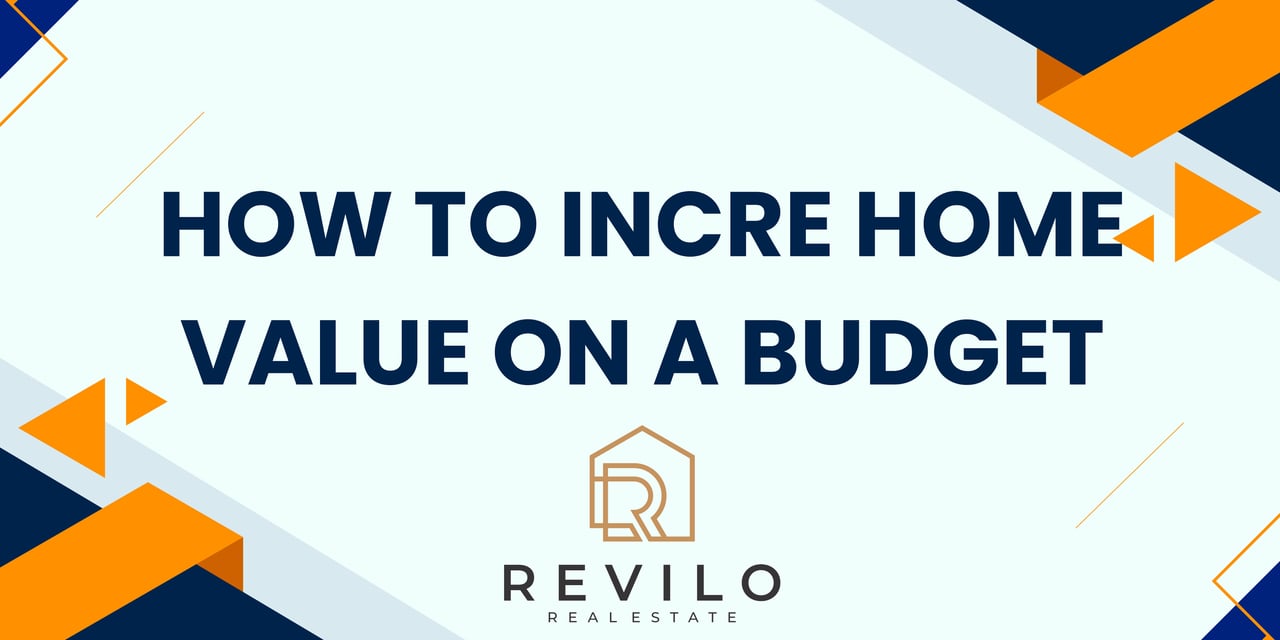
homes
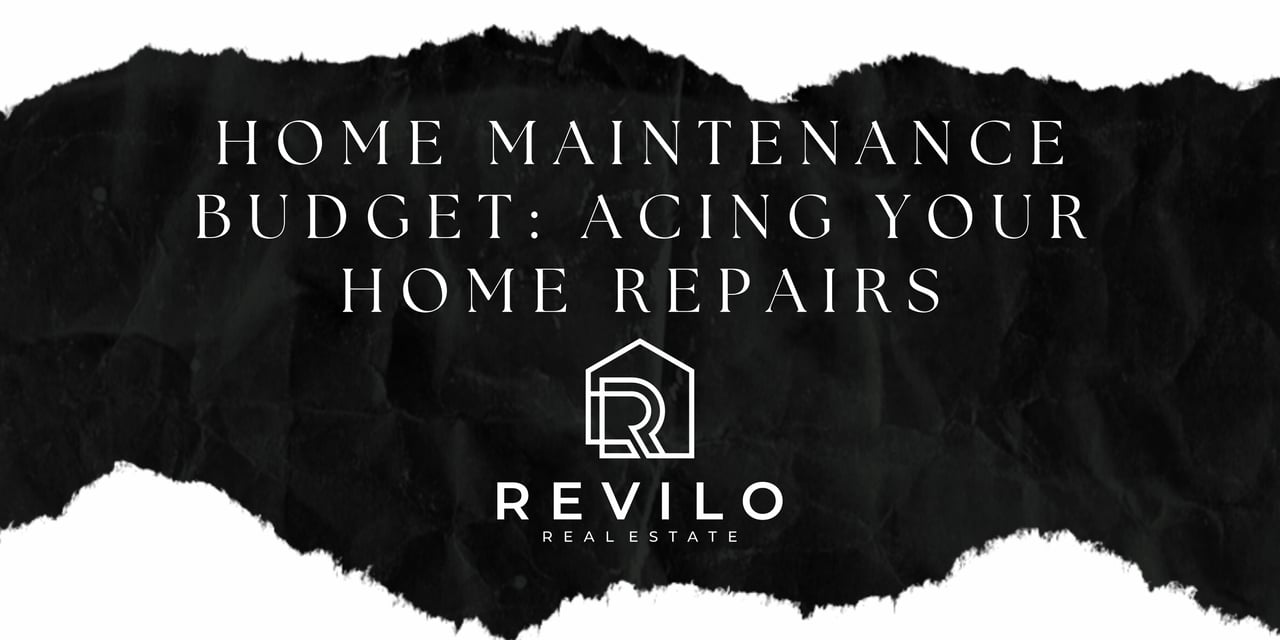
homes

real estate
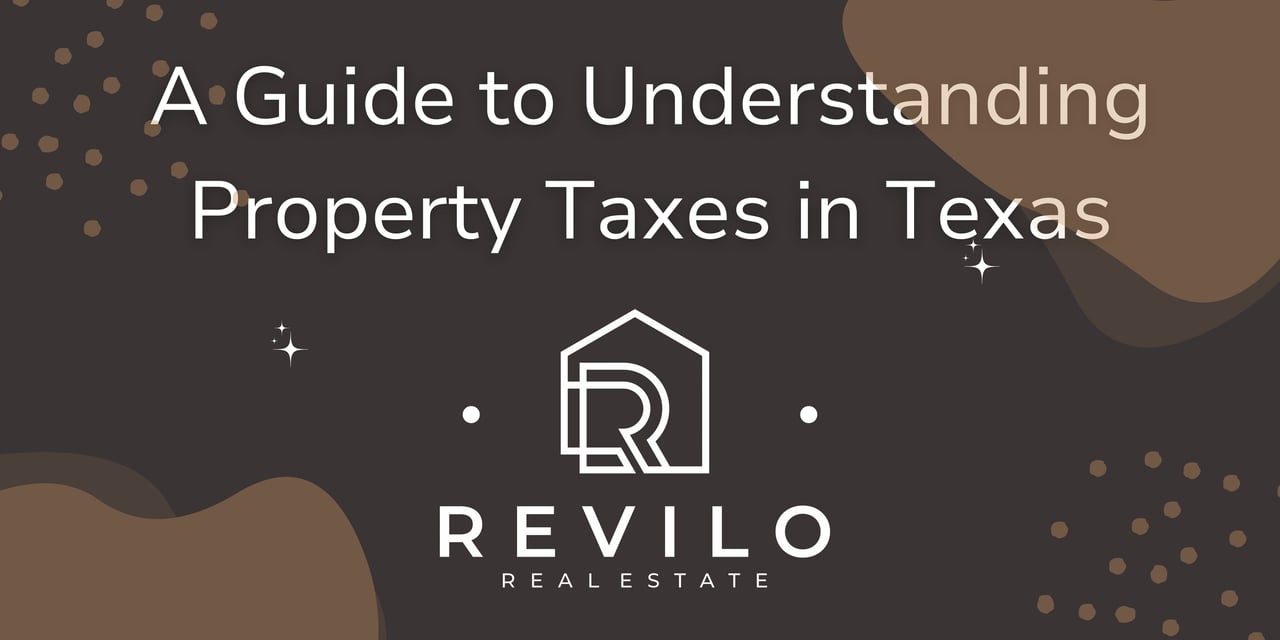
real estate

real estate
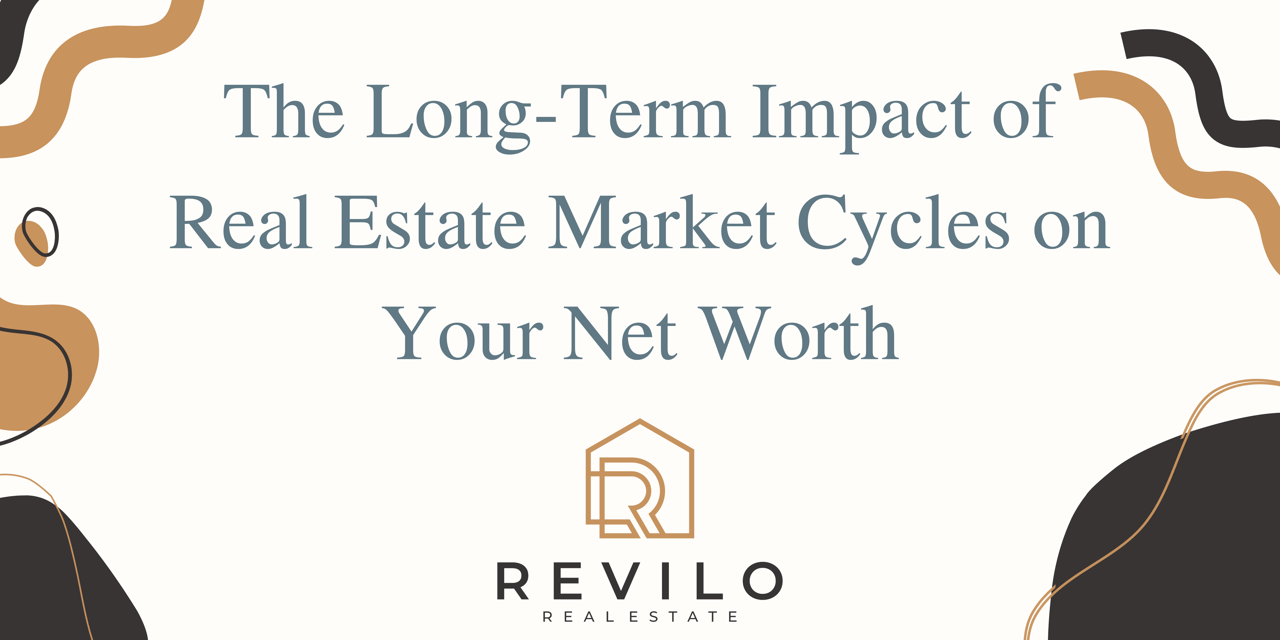
real estate

real estate

real estate
We pride ourselves in providing personalized solutions that bring our clients closer to their dream properties and enhance their long-term wealth.